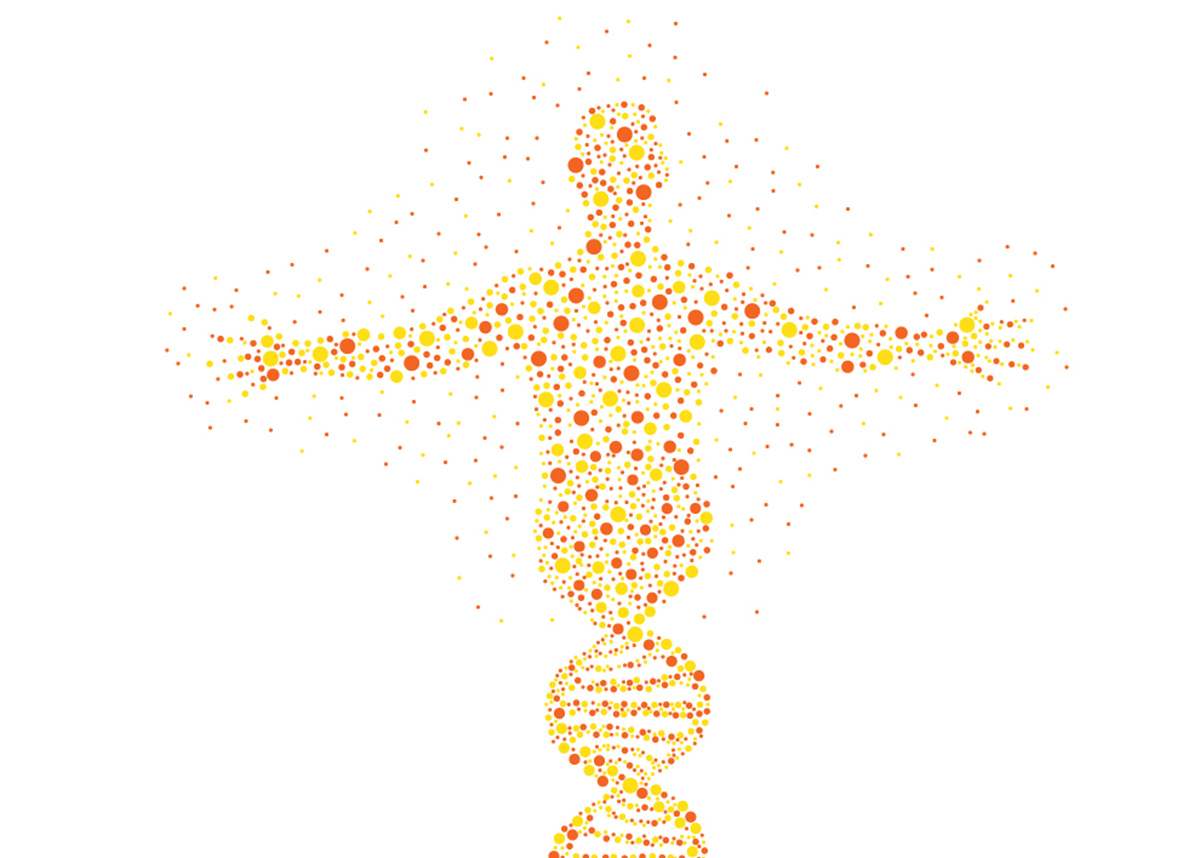Rheumatoid arthritis, a subtype of arthritis, is an autoimmune that is characterized by joint stiffness and pain. Rheumatoid arthritis develops due to an impairment in the immune system as it starts to attack our own healthy tissue.

While the primary symptom of rheumatoid arthritis is joint pain and stiffness, it is also a systemic disease that can affect parts of the body like the heart, lung, eyes, skin, and blood vessels. Additionally, treatment with standard rheumatoid arthritis medicines can have several side effects. Hence, patients with rheumatoid arthritis at a higher risk of developing several complications. These complications can be managed if they're caught early.
1. Cardiovascular disease
It is well known that patients with rheumatoid arthritis are at a much higher risk of developing heart disease compared to the general population. In fact, cardiovascular disease is a common cause of mortality in this patient population. Therefore, treatment of rheumatoid arthritis often focuses on reduction of risk factors that can cause heart disease such as stopping smoking or losing weight. Rheumatoid arthritis can also cause inflammation of the sac that encloses the heart, leading to a serious condition known as pericarditis.
2. Lung disease
Rheumatoid arthritis sufferers are subject to a much higher risk of developing inflammation and scarring within the lungs. This is associated with progressive shortness of the breath and other lung complications.
3. Obesity
Patients with rheumatoid arthritis are at a higher risk of being obese, which increases the risk of developing several other complications including high blood pressure and "bad" cholesterol levels as well as heart disease and diabetes. Furthermore, patients with rheumatoid arthritis who are obese are less likely to benefit from medical treatment for the disease compared to patients that who not obese, which can lead to the development of even more complications.
4. Osteoporosis
Osteoporosis is a disease that leads to brittle bones that are vulnerable to fractures. Patients with rheumatoid arthritis have a larger risk of developing osteoporosis. Certain medications that are used for treatment of rheumatoid arthritis can also increase the risk of osteoporosis.
5. Infections
Rheumatoid arthritis is a type of autoimmune arthritis, which means that the immune system isn't functioning as it should in this group of patients. The disease itself, as well as several medications that are used to treat the disease, can further impair the immune system. As the immune system’s main role is to protect our bodies from foreign pathogens, the impairment of the immune system leads to an increased risk of infection.
6. Rheumatoid nodules
Rheumatoid nodules are firm bumps of tissue around areas of pressure points (such as the elbows, forearms, heels, or fingers). However, these nodules can develop anywhere in the body including the lungs and heart. Rheumatoid nodules can either appear suddenly or grow slowly. It is important to take note of these nodules because they may be a sign that your rheumatoid arthritis is getting worse.
7. Carpel tunnel syndrome
If rheumatoid arthritis affects a patient's wrists, then inflammation of the joints in that region can lead to the development of carpel tunnel syndrome.
8. Sjogren's syndrome
This is a disease that reduces the amount of moisture in your eyes and mouth, leading to dry eyes and a dry mouth. Sjogren's syndrome develops because your immune system attacks the glands that are responsible for production of tears. Hence, it can make your eyes feel dry and gritty. If you suffer from rheumatoid arthritis, you are statistically much more likely to end up with Sjogren's syndrome.
9. Lymphoma
The lymphatic system of our body is involved in immunity. As patients with rheumatoid arthritis have a dysregulated immune system, that actually increases their risk of developing lymphoma, which is a group of cancers that involve the lymphatic system.
10. Vasculitis
Patients with rheumatoid arthritis are at a higher risk of developing vasculitis, which is a disease that is characterized by the inflammation of blood vessels. These show up as spots on the skin that look like they might be ulcers.
11. Inflammation of the episclera and scleritis
The episclera is a thin membrane that covers of the white of the eye and inflammation of the episclera is a common disease. However, scleritis, which refers to inflammation of the white of the eye, is a serious disease that can lead to vision loss. Patients with rheumatoid arthritis unfortunately have higher odds of developing both these complications.
12. Neck pain
Most people know that rheumatoid arthritis leads to pain in the joints of the fingers and wrists, but it is less well-known that the condition can also affect other parts of the body. The neck is among them. If your neck is stiff and there is pain when you turn your head, that could be a sign that you have rheumatoid arthritis. For this type of complication, simple exercises can help.
13. Anemia
People who have rheumatoid arthritis are more prone to anemia, which is a reduction in red blood cells often caused by an iron deficiency. Anemia can cause fatigue, a fast heartbeat, shortness of breath, dizziness, leg cramps, and sleepiness.
14. Thrombocytosis
This is a disease that develops when there are too many platelets in the blood, which is caused by high levels of inflammation. Platelets in the blood help clot the blood to stop it from bleeding. Thrombocytosis can cause stroke and heart disease.
15. Depression
One study indicated that 11 percent of rheumatoid arthritis patients have symptoms of depression, and while this number isn't that much greater than that seen in the general population, it is something to look out for. The more severe the activity of rheumatoid arthritis, the more depressed patients are likely to feel, the study demonstrated.
- Young, Adam, and Gouri Koduri. "Extra-articular manifestations and complications of rheumatoid arthritis." Best practice & research Clinical rheumatology 21.5 (2007): 907-927.
- Kaplan, Mariana J. "Cardiovascular complications of rheumatoid arthritis: assessment, prevention, and treatment." Rheumatic Disease Clinics 36.2 (2010): 405-426.
- Photo courtesy of SteadyHealth.com


Your thoughts on this